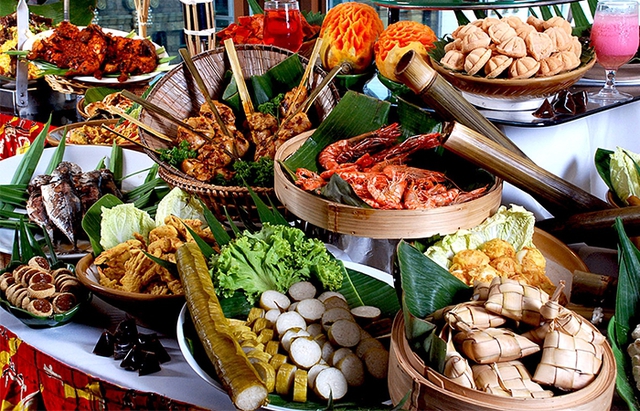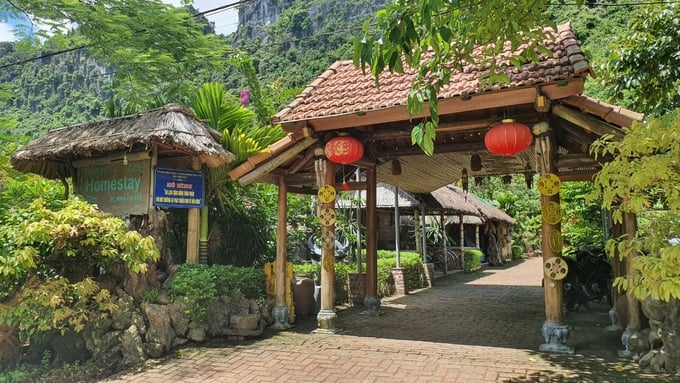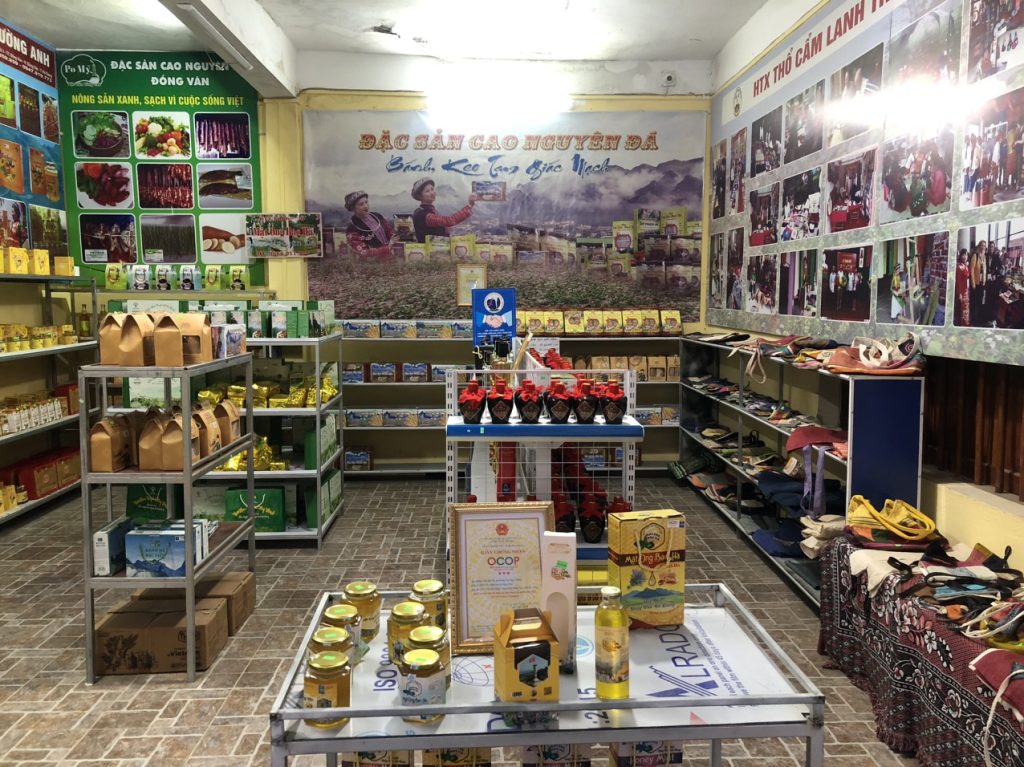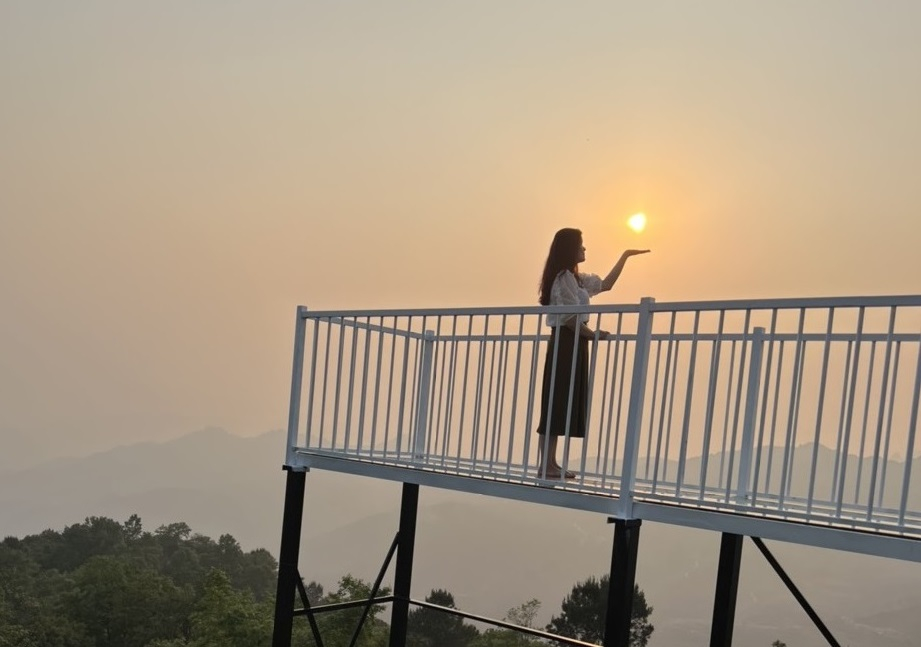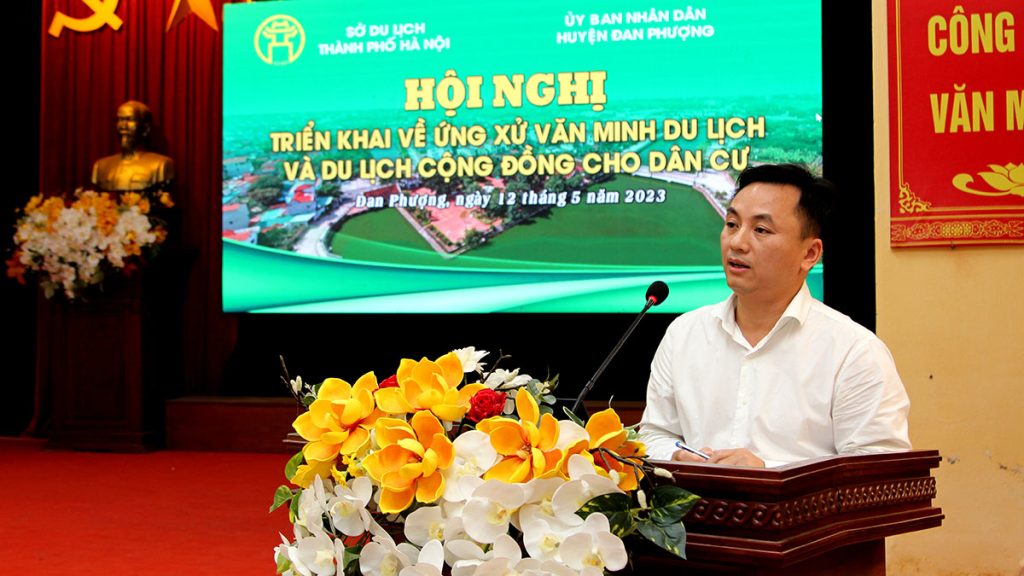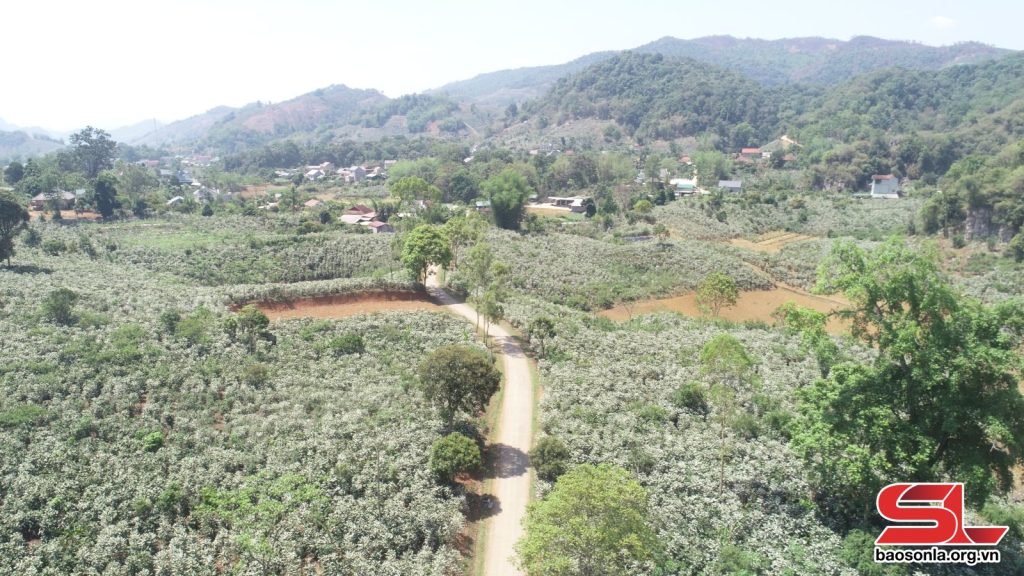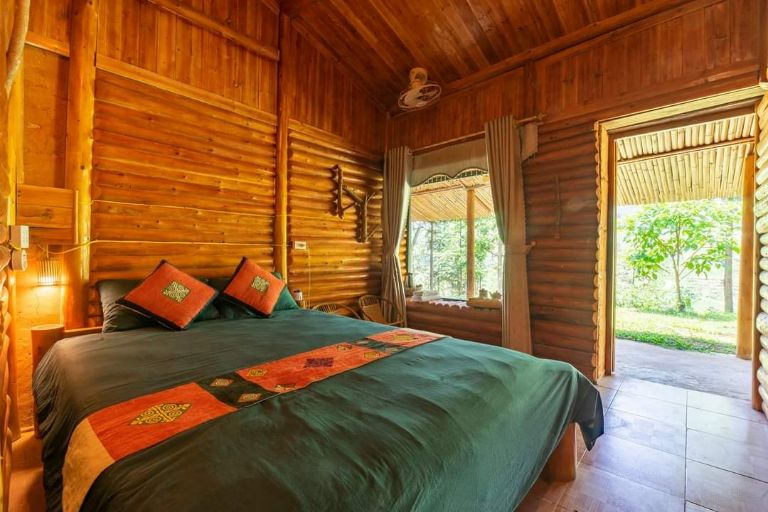(TITC) – More than just hand-woven fabric, brocade is a living expression of history, identity, and artistry. Today, it is evolving into a sustainable source of income, improving the livelihoods of Vietnam’s ethnic minorities through tourism.
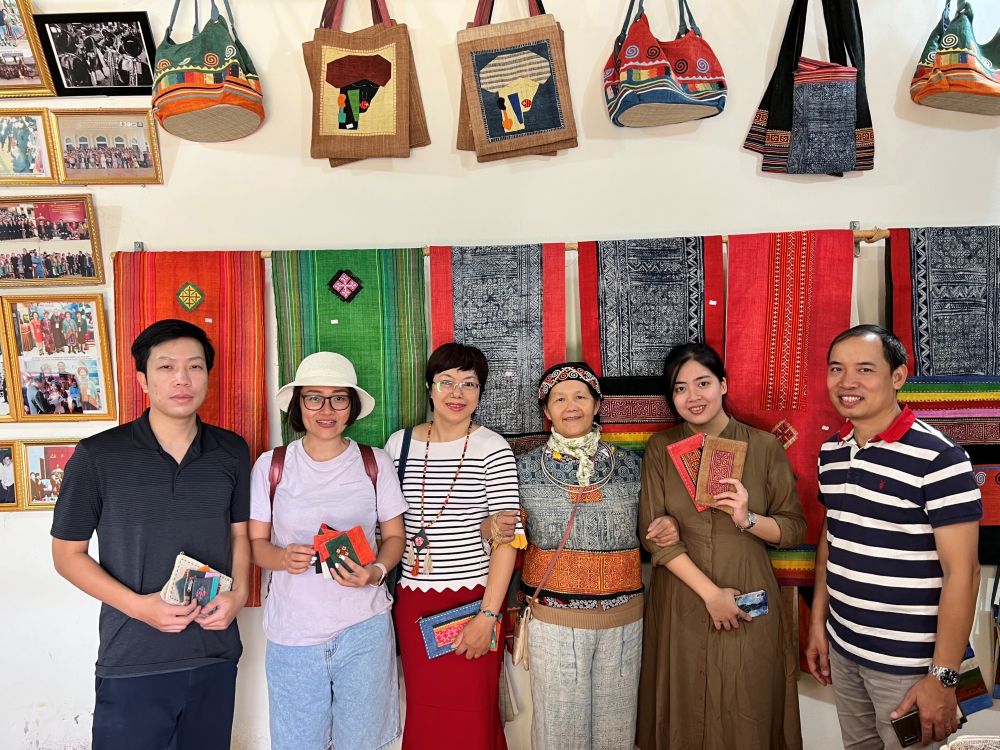
Brocade: A Colorful Tapestry of Ethnic Identity
Brocade is traditionally woven on rudimentary looms, using time-honored techniques passed down through generations. Each pattern and color reflects the unique heritage, beliefs, customs, and worldview of an ethnic community. More than a practical item for daily life, brocade carries deep cultural and symbolic meaning.
Thai ethnic brocade features warm tones like black, brown, and indigo, adorned with intricate geometric patterns, stylized trees, and birds. The Black Thai people of Son La and Dien Bien often incorporate animal motifs that reflect their spiritual beliefs. These soft, durable textiles are used for clothing, blankets, pillows, and tablecloths.
Mong brocade dazzles with bold color contrasts – red, yellow, blue, and white on an indigo base. Using embroidery, fabric patchwork, and traditional beeswax batik, Mong artisans create complex spirals, triangles, and zigzags that embody their cosmology and spiritual views.
Dao brocade is recognized by its dominant red color, blended with black, white, and blue. Motifs such as swastikas, human figures, birds, and trees are embroidered with great care onto indigo fabric. Dao women’s garments are famously intricate, showcasing their exceptional skill and aesthetic sensibility.
Other ethnic groups – including the Tay, Nung, Cham, K’Ho, and Ede – each have their own distinctive brocade styles, adding to Vietnam’s incredibly diverse and rich brocade heritage.
With such cultural depth and artistic diversity, brocade is not only a valuable cultural asset but also a powerful driver of sustainable economic development, especially through community-based tourism.
From Primitive Looms to the Tourism Economy
Across Vietnam’s highlands and villages, brocade weaving is becoming more than a craft – it is a pathway to economic independence and cultural pride. For many ethnic minority women, brocade has opened doors to sustainable livelihoods, empowering them to preserve their heritage while becoming leaders in community tourism.
In Poom Coong Village (Mai Chau, Hoa Binh, now in Phu Tho Province), home to the Thai ethnic group, women weave brocade for sale and teach embroidery and weaving to visitors. Tourists are guided through every step of the process – from spinning and natural dyeing to weaving patterns on traditional looms. Many leave with a bracelet, keychain, or a small swatch of fabric they made themselves – souvenirs imbued with personal meaning.
In Sapa, visitors often see Mong and Dao women weaving or embroidering brocade in their homes. Many families have converted parts of their homes into display areas and mini weaving workshops. As guests visit, artisans explain the significance of each motif and color, sharing stories of their community and personal experiences. Cultural tours commonly include a visit to these homes, where guests can shop, take photos in brocade costumes, and gain a deeper appreciation of local traditions.
In Ta Phin Village, Red Dao women produce a wide range of decorative and high-end brocade products – handbags, scarves, wallets, and fashion-forward garments. These items blend tradition with contemporary appeal, making them popular with both domestic and international tourists. The women also organize sessions showcasing brocade weaving and the preparation of herbal bath remedies, offering a holistic cultural experience.
More Than a Product – A Cultural Journey
A brocade item is not valued merely for the materials or hours of labor – it carries the soul of a culture and the story of its maker. Alongside product sales, activities such as weaving demonstrations, embroidery classes, cultural storytelling, costume rentals, and brocade exhibitions are generating significant income for local communities.
These tourism models are creating jobs right within the villages – from tour guides and souvenir vendors to homestay hosts and food service providers – reducing the need for migration to urban centers and helping preserve rural community structures.
Brocade is no longer just an ancient art form – it is a living bridge between culture and commerce, tradition and innovation. As Vietnam’s ethnic groups continue to welcome the world into their villages, brocade is not only keeping heritage alive but also weaving a brighter, more sustainable future for generations to come.
Tourism Information Technology Center

